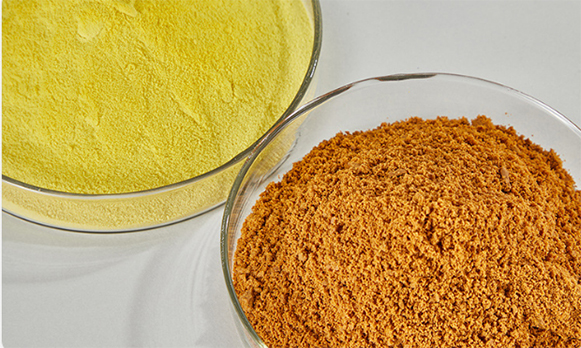Three Aspects Of Interaction Between PAC Coagulant And Aqueous Solution
Polyaluminum chloride is an emerging water purification material and an inorganic polymer coagulant. It has adsorption, cohesion, precipitation and other properties, and can be used in many fields such as paper sizing agent, sugar decolorizing clarifier, tanning, medicine, cosmetics, precision casting and sewage treatment.

Three aspects of interaction between PAC coagulant and aqueous solution
When PAC coagulant is added to an aqueous solution, the destabilization phenomenon of colloidal particles involves three aspects of interaction: colloidal particles and coagulant, colloidal particles and aqueous solution, and coagulant and aqueous solution. It is a comprehensive phenomenon.
Adsorption Electroneutralization
Adsorption and electric neutralization means that the particle surface has a strong adsorption effect on the parts with different charges of different ions, different colloidal particles or chain ion molecules. This adsorption neutralizes part of its charge and reduces static electricity. Repulsive force, so it is easy to get close to other particles and adsorb each other. At this time, electrostatic attraction is often the main aspect of these effects, but in many cases, other effects exceed electrostatic attraction.
Adsorption Bridging Effect
The mechanism of adsorption and bridging mainly refers to the adsorption and bridging of polymer substances and colloidal particles. It can also be understood that two large colloid particles of the same size are connected together because there is a colloid particle of different sizes in the middle. Polymer flocculants have a linear structure, and they have chemical groups that can interact with certain parts of the colloidal particle surface. When the polymer comes into contact with the colloidal particles, the groups can produce special reactions with the colloidal particle surface and adsorb each other. The rest of the polymer molecule stretches in the solution and can adsorb to another colloid with vacancies on its surface, so that the polymer acts as a bridge connection. If there are few colloidal particles and the stretched part of the polymer cannot adhere to the second colloidal particle, then sooner or later this extended part will be adsorbed to other parts by the original colloidal particles, and the polymer will not be able to play a bridging role, and the colloidal particles will In a stable state again. When the dosage of polymer flocculant is too large, the surface of the colloidal particles will be saturated and cause re-stabilization. If the colloidal particles that have been bridged and flocculated are subjected to vigorous and long-term stirring, the bridging polymer may detach from the surface of another colloidal particle and roll back to the original surface of the colloidal particle, resulting in a restabilized state.
Sediment Trapping Mechanism
When metal salts (such as aluminum sulfate or ferric chloride) or metal oxides and hydroxides (such as lime) are used as coagulants, when the dosage is large enough to quickly precipitate metal hydroxides (such as Al(OH)3, Fe(OH)3, Mg(OH)2 or metal carbonates (such as CaCO3), colloidal particles in the water can be trapped by these precipitates when they are formed. When the precipitate is positively charged (Al(OH) 3 and Fe(OH)3 in the neutral and acidic pH range), the precipitation rate can be accelerated by the presence of anions in the solution, such as silver sulfate ions. In addition, the colloidal particles themselves in the water can be formed as precipitates of these metal oxyoxides The core, so the optimal dosage of coagulant is inversely proportional to the concentration of the material to be removed, that is, the more colloidal particles, the less the dosage of metal coagulant.
